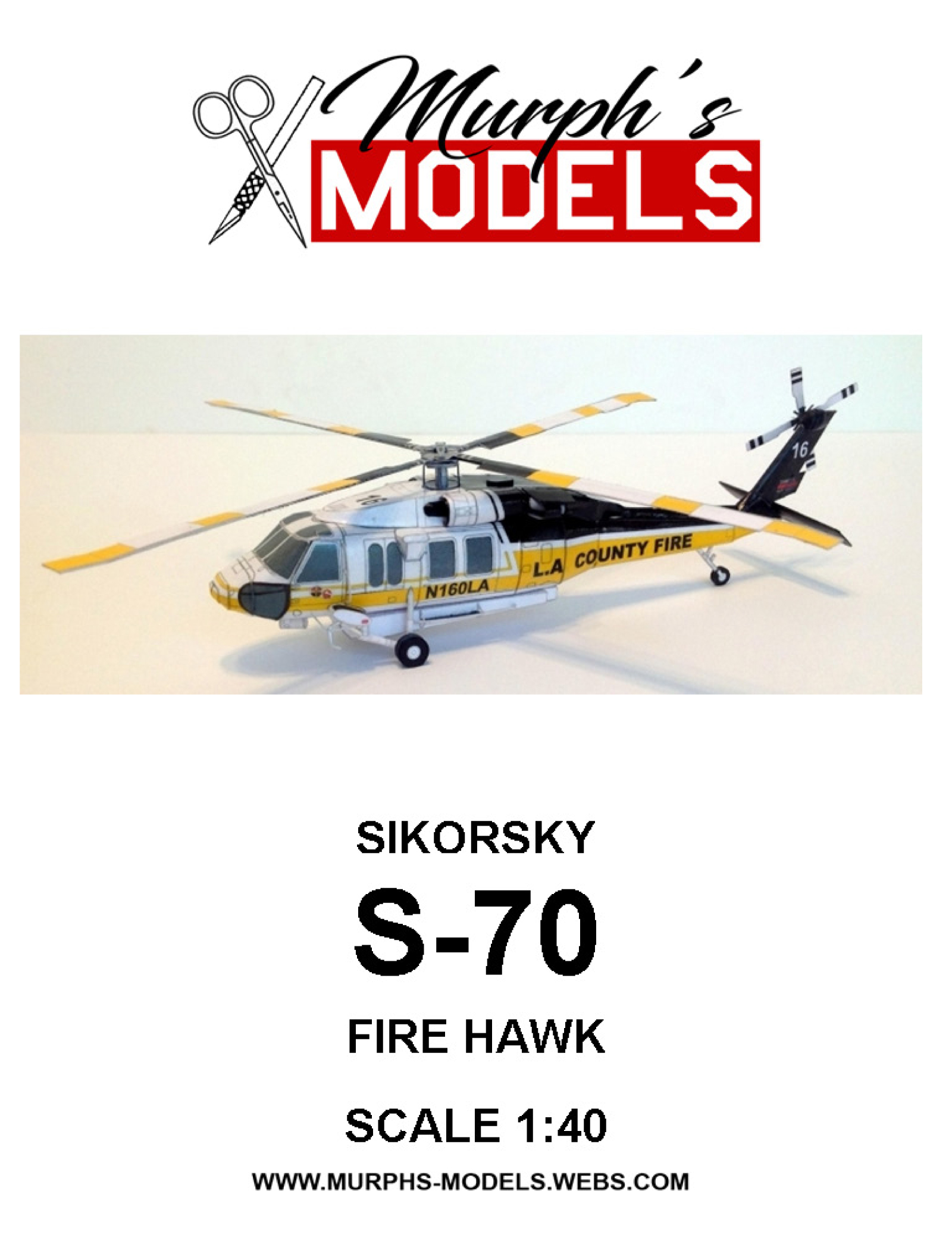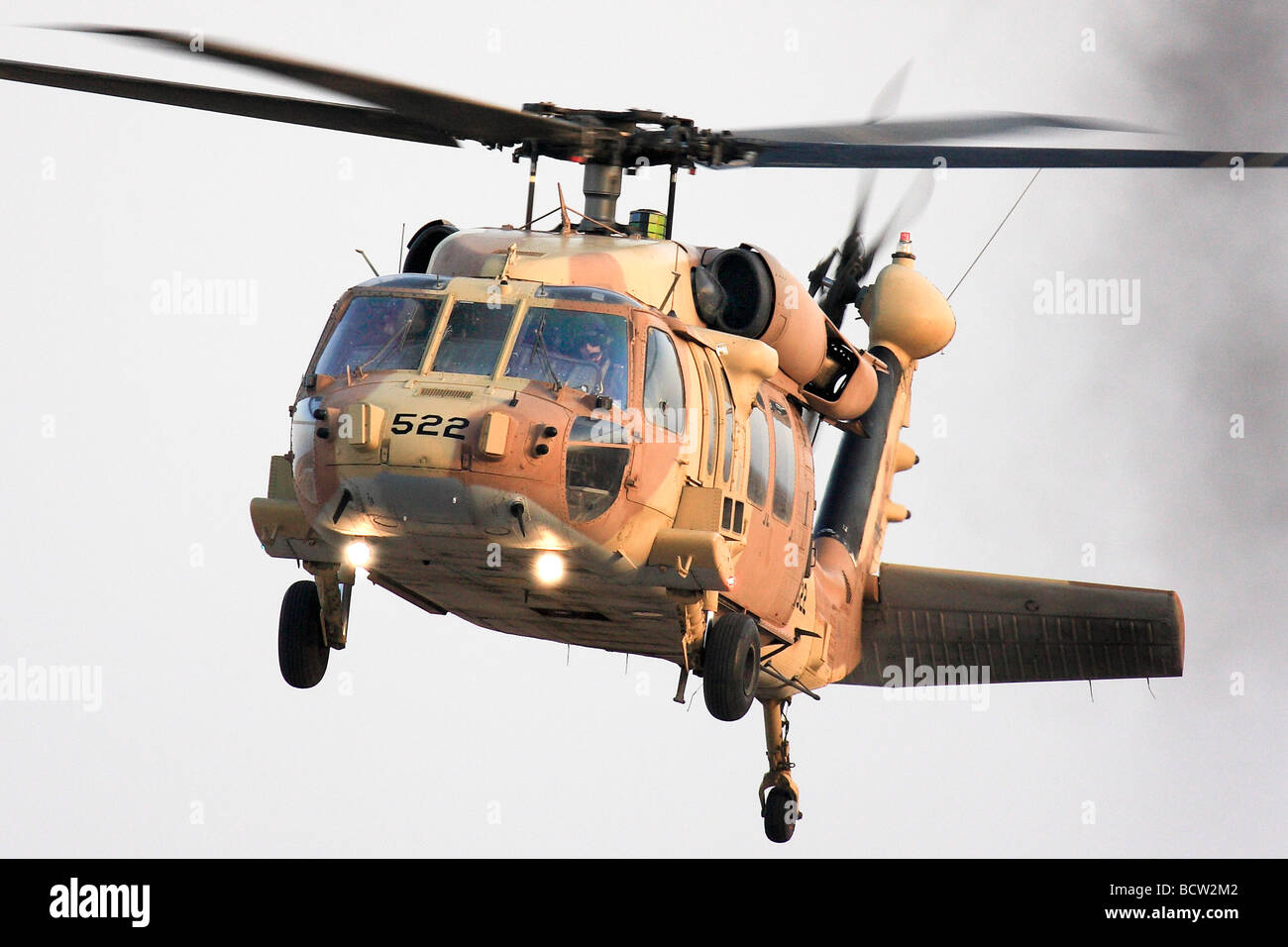Inside the Sikorsky S 70: What Establishes This Helicopter Apart from Its Rivals
Rotary-Wing Aircraft Offering Superior Durability and Accuracy Design
In the world of aviation, rotary-wing aircraft have actually long been identified for their unique abilities in different functional environments. From military objectives to noncombatant applications, the advancement of rotary-wing technology has led the means for machines that provide unequaled durability and precision engineering. With improvements in products and construction techniques, combined with advanced trip control systems, these airplanes have actually come to be indispensable tools for tasks that demand both toughness and precision. As we check out the complex equilibrium in between technology and integrity in rotary-wing airplane, it comes to be noticeable that the merging of sophisticated modern technology and tried and tested layout concepts has actually set a new standard for performance and performance in the aerospace sector.
Development of Rotary-Wing Technology
Throughout the background of air travel, the evolution of rotary-wing modern technology has been a testimony to regular advancement and development in aerial engineering. From the very early days of upright flight with primary styles to the sophisticated helicopters and various other rotary-wing aircraft these days, the progress in this area has been exceptional.
In the early 1900s, leaders like Igor Sikorsky and Juan de la Cierva made significant strides in rotary-wing modern technology. Sikorsky's VS-300 helicopter, first flown in 1939, noted a turning point in the development of functional rotary-wing aircraft. This success led the way for additional advancements in vertical trip capabilities.

Today, rotary-wing aircraft play vital functions in numerous fields, consisting of armed forces procedures, emergency situation clinical solutions, police, and business transport. The development of rotary-wing modern technology remains to press the limits of what is feasible in vertical flight, guaranteeing that these aircraft remain essential assets in the aviation industry.
Products and Building And Construction Innovations
Demonstrating a blend of innovative materials and exact construction strategies, rotary-wing aircraft have actually undergone substantial developments in durability and performance. One of the vital developments in products used for rotary-wing airplane is the increasing use of composite materials.
Moreover, the assimilation of sophisticated layers and surface therapies has actually played an important duty in enhancing the toughness of rotary-wing airplane. These finishings give protection against deterioration, abrasion, and severe weather, expanding the lifespan of the aircraft and minimizing upkeep requirements.
In regards to building and construction innovations, additive manufacturing, additionally referred to as 3D printing, has transformed the manufacturing of facility parts for rotary-wing airplane. This technology enables quick prototyping and modification, resulting in much faster development cycles and reduced costs. In general, the constant advancement of materials and building strategies is driving the capabilities and efficiency of rotary-wing aircraft to brand-new elevations.
Accuracy Trip Control Equipment

The assimilation of GPS innovation better enhances the accuracy and integrity of these systems, permitting for specific navigation, waypoint monitoring, and automated flight control. sikorsky s 70. This level of precision not just improves the security of rotary-wing procedures yet additionally improves overall functional performance and goal performance
Additionally, the continuous innovations in expert system and device understanding have promoted the development of self-governing trip abilities within Precision Trip Control Systems. This allows rotary-wing airplane to carry out complicated goals with exceptional precision and consistency, making them important properties in a variety of applications, consisting of military operations, search and rescue goals, and airborne photography.
Sturdiness in Testing Settings
In demanding operational settings, rotary-wing airplane show exceptional resilience and toughness, making sure optimum performance under challenging environmental conditions. These aircraft are created to hold up against a wide range of environmental elements, including extreme temperatures, high winds, and rough terrain, making them appropriate for different objectives in varied landscapes.
One crucial variable adding to the longevity of rotary-wing airplane is their tough building. These airplanes are developed utilizing premium products and advanced engineering techniques to enhance their structural honesty and integrity. In addition, parts such as rotor blades, engine systems, and touchdown gear are carefully designed to withstand the pressures and anxieties come across during operations in tough settings.
Moreover, rotary-wing aircraft are equipped with innovative onboard systems that check performance metrics in real-time, allowing for aggressive upkeep and early discovery of prospective issues - sikorsky s 70. This proactive strategy assists avoid unanticipated failings and guarantees the ongoing airworthiness of the aircraft sought after functional settings. On the whole, the toughness of rotary-wing aircraft in tough atmospheres is a testimony to their remarkable engineering and layout, making them essential assets for different mission-critical operations
Upkeep and Reliability Specifications
The adherence to stringent upkeep and reliability requirements is paramount in making sure the optimal efficiency and safety and security of rotary-wing aircraft. Normal maintenance checks, performed by certified service technicians, are important to recognize and address any type of possible issues prior to they endanger the aircraft's performance. These checks incorporate a comprehensive assessment of all crucial elements, consisting of the engine, rotor system, avionics, and browse around this site hydraulic systems, to guarantee that they remain in prime functioning problem.
Moreover, adherence to arranged upkeep periods in accordance with producer standards is critical for upholding the aircraft's dependability. This aggressive approach helps avoid unforeseen failures and ensures that the aircraft remains airworthy for its designated objectives. In addition, the execution of durable integrity criteria, such as routine component testing and replacement based on predetermined lifecycles, even more improves the aircraft's reliability.
Final Thought

In final thought, the improvements in rotary-wing airplane innovation have caused remarkable toughness and accuracy engineering. With ingenious materials and construction techniques, along with accuracy trip control systems, these aircraft can operate in challenging settings their explanation with raised integrity. The upkeep and dependability standards ensure that these rotary-wing aircraft proceed to do at their finest, making them necessary properties for numerous markets.
Demonstrating a fusion of sophisticated products and accurate construction strategies, rotary-wing aircraft have actually gone through considerable advancements in longevity and efficiency. One of the vital advancements in materials made use of for rotary-wing aircraft is the raising use of composite materials.With thorough interest to information and advanced technological integration, rotary-wing aircraft have accepted Precision Flight Control Equipment as a foundation of their additional hints functional excellence. Generally, the resilience of rotary-wing airplane in challenging atmospheres is a testimony to their premium engineering and design, making them important assets for different mission-critical operations.
In verdict, the developments in rotary-wing aircraft innovation have led to premium longevity and precision engineering.